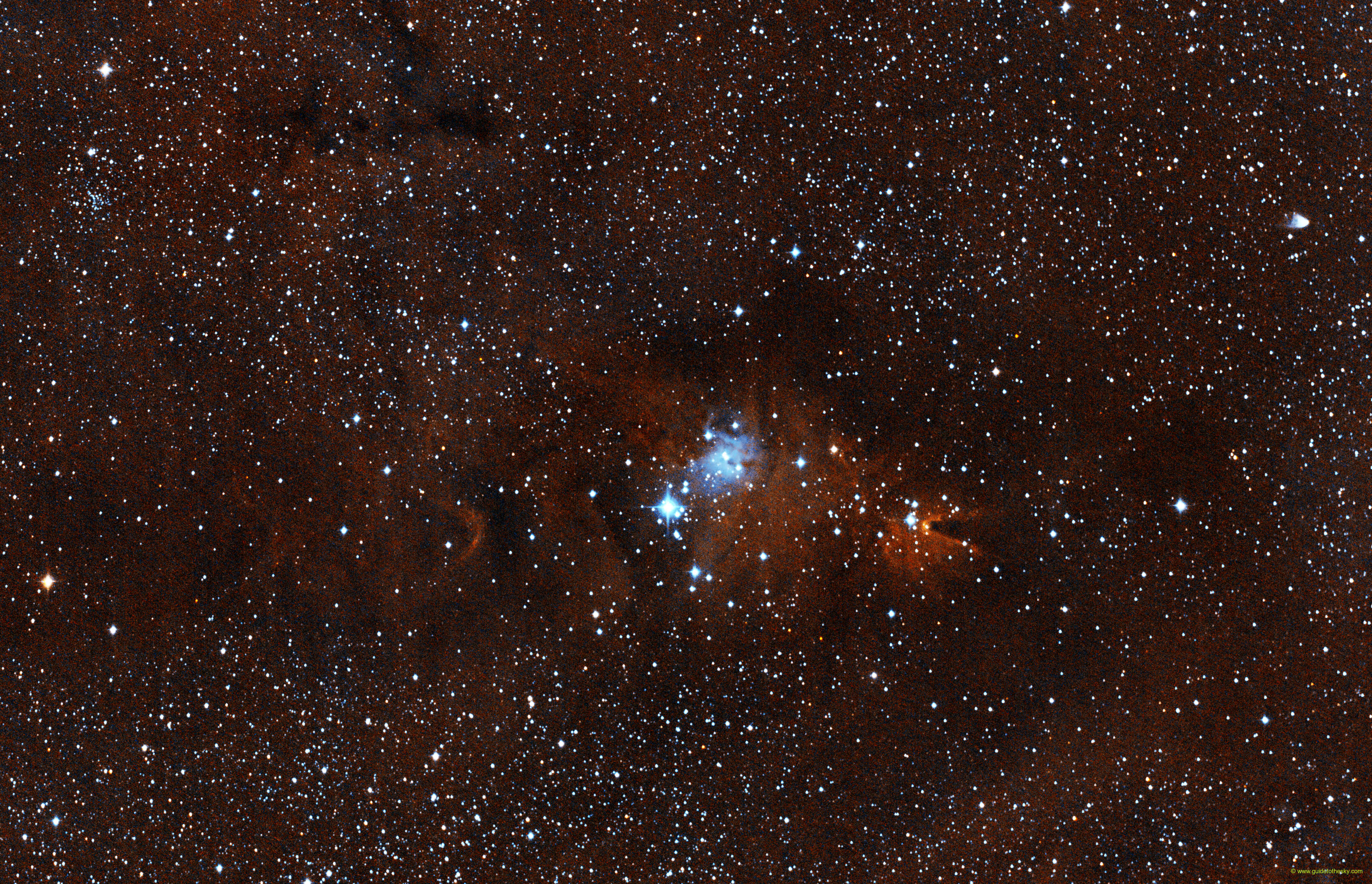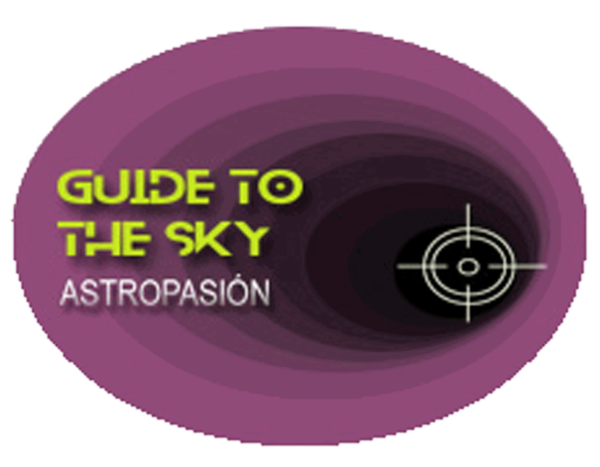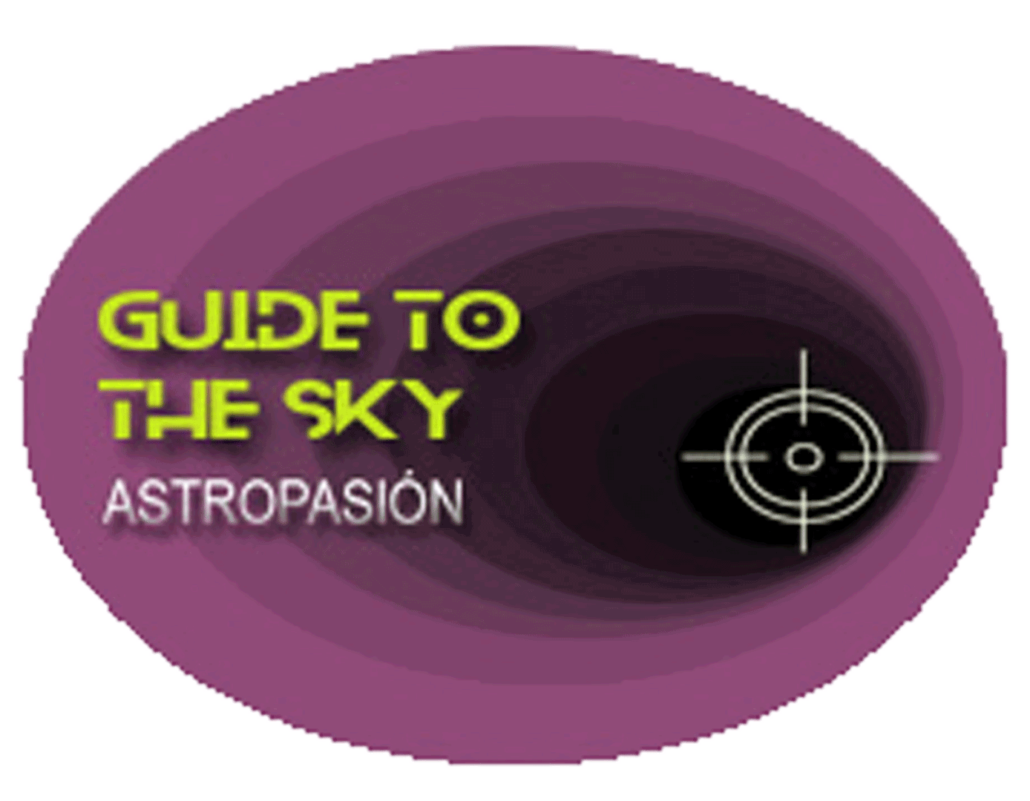NGC 2264 - Monoceros

Es un cúmulo muy joven, tanto que aún está envuelto por una nebulosa primordial. Se estima su edad entre 3 y 5 millones de años (recordemos que nuestro sol tiene unos 4500 millones!), aunque el proceso de creación de estrellas aún continua en toda la estructura. En la sección sur de la nebulosa, podemos apreciar un entrante oscuro en forma de cuña que le ha valido el nombre de Arbol de Navidad o Nebulosa del Cono. El cono está formado por desplazamientos de material debido a corrientes causadas por la radiación y los vientos estelares, la resistencia de nubes moleculares más frías y densas dan lugar a estas estructuras en forma de cuña.
El cúmulo en sí es pequeño, cabe en un círculo de 10' aunque brillante gracias a una estrella de la 5ª Magnitud, 15-Mon, que brilla en su centro y que por casi todo el brillo conjunto de NGC 2264. Por cierto que está 15-Mon es una interesante estrella doble.
En la nebulosa asociada al cúmulo, podemos ver regiones de un color más blanco o blancuzco cerca de esta estrella principal, envolviendo todo el conjunto, una nebulosa aún mayor de color rosado, que contiene al célebre Cono y que se extiende por al menos unos 2º entorno a 15-Mon .
En fotografías de alta exposición, vemos la nebulosa plagada de entrantes oscuros y girones más densos, que han hecho de este conjunto una de las fotografías más famosas del cielo.
NGC 2264 está a {{ object[0].NGC2264.mesDistances[0].dist }} {{ object[0].NGC2264.mesDistances[0].unit }} de distancia del Sol, según últimas observaciones.
NGC2264 - Nebulosa del Cono - en la IA
NGC 2264 is a fascinating region in space, a stellar nursery teeming with activity! It's not a single object, but rather a collection of objects clustered together in the constellation Monoceros (the Unicorn). Here's a breakdown of what makes it so interesting:
-
It's a Star-Forming Region: NGC 2264 is a classic example of a region where new stars are being born. It contains a molecular cloud, which is a large, cold, and dense cloud of gas and dust. Gravity causes parts of this cloud to collapse, forming protostars, which eventually ignite as stars.
-
Notable Components:
-
The Cone Nebula: This is perhaps the most recognizable feature of NGC 2264. It's a pillar of gas and dust sculpted by the powerful stellar winds and radiation from the young, hot stars in the region. The Cone Nebula gets its shape because the hot stars are blasting away the surrounding material, but dense clumps of gas and dust resist the erosion, leaving behind these cone-like structures.
-
The Christmas Tree Cluster: This is an open cluster of young stars. Its name comes from the way the stars are arranged, resembling a Christmas tree when viewed with certain orientations. The brightest star in the cluster, S Monocerotis, sits at the "base" of the tree.
-
The Fox Fur Nebula: Another region of glowing gas and dust that appears to resemble the fur of a fox. It's illuminated by the light of the hot stars nearby.
-
-
Distance: NGC 2264 is located approximately 2,500 light-years away from Earth.
-
Imaging Challenges: Imaging NGC 2264 can be challenging due to the faintness of some of its features. Long exposures and dark skies are necessary to capture the delicate details of the Cone Nebula and the Fox Fur Nebula.
-
Scientific Significance: NGC 2264 is a valuable object for astronomers studying star formation. It provides a glimpse into the processes that lead to the birth of stars and the formation of planetary systems.
In summary, NGC 2264 is a complex and beautiful region of star formation, home to the Cone Nebula, the Christmas Tree Cluster, and the Fox Fur Nebula. Its rich details make it a popular target for both amateur and professional astronomers.
Más información sobre NGC 2264 en NASA/IPAC.
Mapa alrededor de NGC 2264
Otros identificadores de NGC2264:
"Villafranca O-016" ,"[KC2019] Theia 41" ,"[T70] 22" ,"C 0638+099" ,"CCABS 52" ,"LBN 202.92+02.18" ,"LBN 911" ,"NAME XMAS TREE CL" ,"NGC 2264" ,"OCISM 108" ,"OCl 495.0" ,"OCl 495" ,"SH 2-273" ,"[HMT98] AS 15-0" ,"[KPR2004b] 107" ,"[TP72] 51" ,"GRS G203.20 +02.00" ,"[KPS2012] MWSC 0954" ,"NAME Christmas Tree Cluster",

